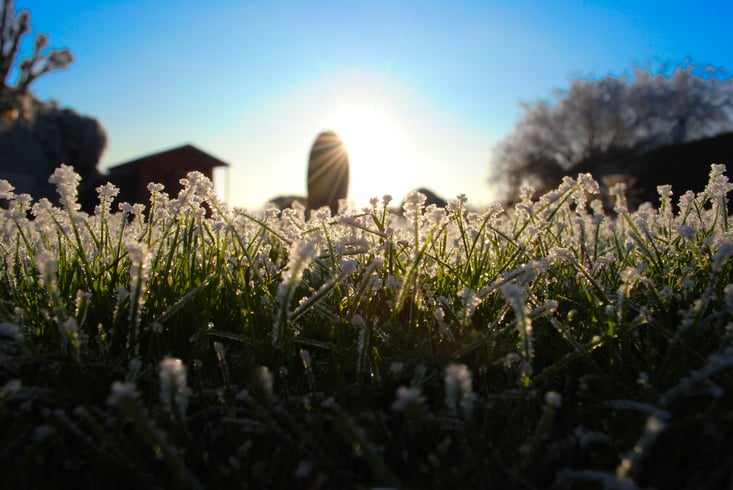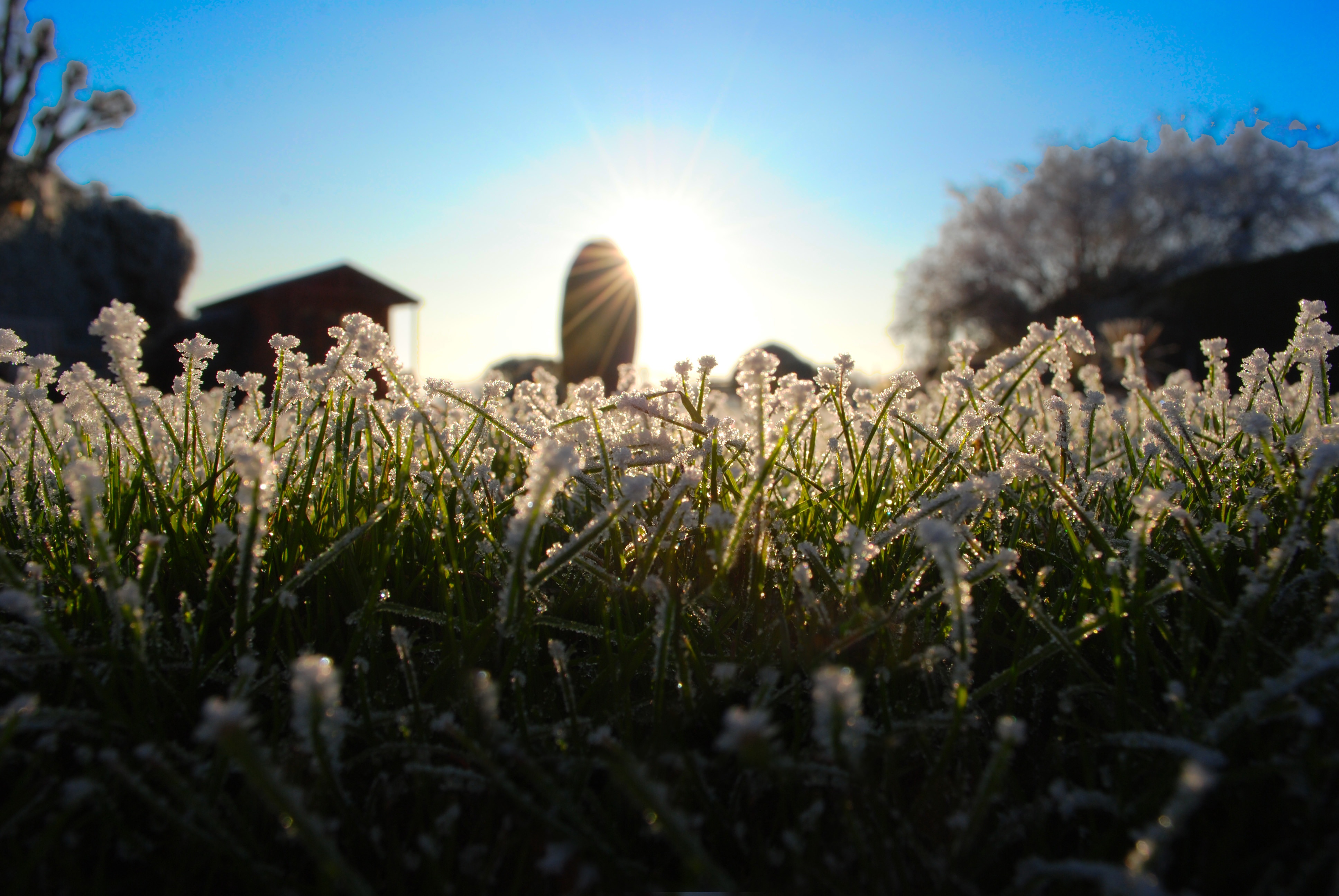
This is the perfect time of year to plant new grass seed or lay sod and prepare your existing lawn to get a great start in spring. In fall, often our lawns look their best due to cooler evenings, regular rainfall, heavy morning dew and shorter days. These conditions typically persist into the beginning of November. These conditions also mean that planting new grass or sod will get a fantastic start. Any lawn care improvements you make in the fall are going to pay off come spring. Many lawn care experts believe that fall improvements reap more immediate rewards than spring improvements because of the ideal growing conditions in fall.
Last Cut
There won’t be too many more opportunities to cut your lawn this season. Be sure to leave your lawn a little longer. The amount of blade above ground corresponds with the amount of roots below ground. The grass clippings will create fantastic nitrogen rich soil to help your grass get a good start in the spring. Now is also a great time to lubricate your lawn mower, clean the mower deck and sharpen the blades so it’s all ready for spring. Manual style push mowers should be oiled and sharpened before you store them for the winter to prevent rust and other problems.
Winter Fertilizer
Grass plants store up a type of sugar in their roots to sustain them through the winter and give them a good start in spring. By using a quality lawn fertilizer your grass will be better able to withstand snow mold and winter kill, and gives them an added boost for the spring. You won’t see the results of this fertilizer treatment now, just be assured that the results will be evident come spring with stronger grass plants. Stronger plants push out weeds, thicken quickly, and resist disease better.
Thickening Lawn
Overseeding is very beneficial in fall due to the ideal growing conditions. Many homeowners wait until spring to overseed, and that’s fine, but you’ll have to make sure there’s adequate water and the soil is warm enough. Fall provides all those conditions without any additional help from you typically.
Rake the lawn with a fan rake and remove any dead grass, leaves, or debris that may be on top of the soil. The seeds need direct contact with the soil to germinate. Be generous with how you sow seed in bare patches but remember that too much seed in one place will simply be wasted if all the seeds don’t touch the soil. The heavy dew each morning with the daytime warm temperatures are exactly what your grass seed needs to get a good start.
Planting New Lawn
If you have a bare spot of ground you want to turn into lawn, fall is a great time to do that as mentioned above. One step that some homeowners skip is putting down a nice top layer of triple mix a few centimeters deep over the area where you’ll plant new grass or lay sod. The fresh nutrients in the soil will give a great boost to the grass taking root.
Check here for more fall lawn care tips. And if you don’t have time to take on these tasks this month when it will be most effective, consider calling the lawn care professionals at Nutri-Lawn Ottawa for timely and friendly lawn care service. Request a free quote today!






